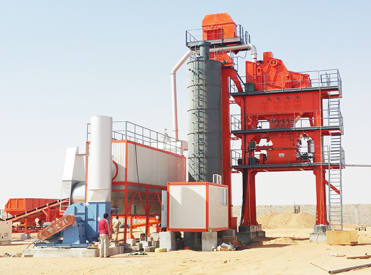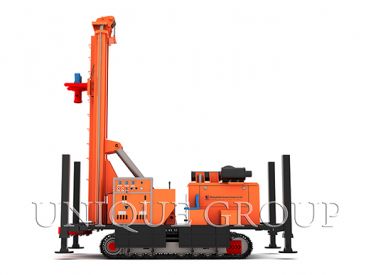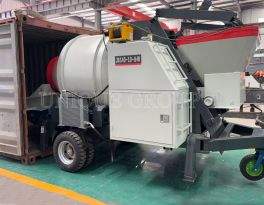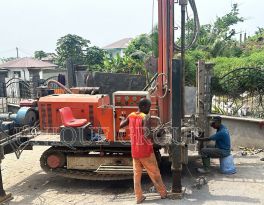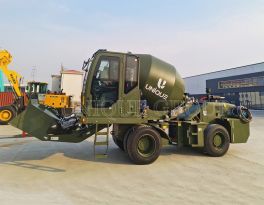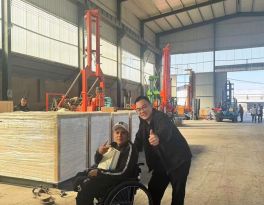
In the construction industry, concrete is hailed as the "lifeblood of construction." Its quality is directly related to the structural safety and service life of any project. Whether it's a skyscraper reaching into the clouds or a bridge tunnel spanning rivers, their solid foundations rely on strict quality control of concrete. Within the industry, there is a golden guideline known as the "20/30/40 Rule." Though not an official regulation, it has become a crucial benchmark for measuring the quality of concrete production and placement. This article delves into the meaning, importance, and practical application of this rule in modern engineering construction.
The so-called "20/30/40 Rule" does not refer to a fixed formula but rather a philosophy of time control for the entire process from production to the completion of concrete placement. It sets maximum time limits for three key stages:
"20" – Mixing Time: This refers to the time from when all raw materials (cement, aggregate, water, admixtures, etc.) are loaded into the mixer until the concrete achieves a uniform consistency. It should not be less than 20 seconds. This is key to ensuring all components are fully mixed and the cement paste evenly coats every aggregate particle. Too short a time leads to uneven mixing, causing clumping or segregation, severely compromising the concrete's final strength. Too long a time can cause over-mixing, introducing excess air or raising the concrete's temperature, affecting its workability.
"30" – Discharge and Transportation Time: This refers to the total time from when concrete is discharged from the mixer until it arrives at the construction site. It is best to keep this within 30 minutes. This is an ideal value aimed at minimizing slump loss, water evaporation, and the onset of setting during transport. This time control is particularly crucial in hot weather or traffic congestion. The continuous slow rotation of ready-mix concrete trucks en route serves, in part, to delay this process.
"40" – Placement and Vibration Time: This means that once concrete arrives on site, it must be discharged, placed, and adequately vibrated within 40 minutes. This is the most critical step in the rule. Once concrete begins to set, its workability decreases rapidly. Vibrating at this stage is not only less effective but can also disrupt the already forming hydration crystal structure, causing "over-vibration." This leads to serious segregation (aggregate sinking, paste rising), creating weak layers and surface defects, thereby creating potential safety hazards for structural safety.
These three time nodes are interlinked, forming a quality protection chain that ensures concrete remains in an optimal state from production to placement.
The 20/30/40 rule is deeply rooted in the principles of the concrete hydration reaction.
The reaction between cement and water is an irreversible, ongoing process. It starts the moment the two meet, with the concrete's fluidity (slump) gradually decreasing and setting beginning. The core idea of the rule is to "race against time," completing all key operations before the concrete loses its good workability.
Ignoring this rule can lead to disastrous consequences:
Failure to Meet Strength Standards
Uneven mixing or prolonged transportation times lead to insufficient or uneven hydration reactions, resulting in hardened concrete strength far below the design grade.
Poor Durability
Inadequate vibration leaves air bubbles and voids inside the concrete, allowing water and corrosive substances (like chlorides) to penetrate more easily, accelerating steel bar corrosion and freeze-thaw damage, drastically reducing the structure's lifespan.
Surface Defects
Over-vibration or vibration after initial setting causes surface sand streaks, honeycombing, and pitting, which affect aesthetics and often indicate internal quality issues.
Structural Safety Risks
All the above problems ultimately converge into one point—compromising the structure's integrity and load-bearing capacity, which can lead to severe consequences under extreme loads.
Therefore, adhering to the 20/30/40 rule is a direct reflection of responsibility for engineering quality and for the safety of lives and property.
In today's large-scale, fast-paced engineering projects, relying solely on manual experience makes it difficult to accurately follow this rule. Fortunately, technological advancements provide strong support for this. High-performance concrete production equipment has become the "guardian" of this golden rule.
Taking the industry-leading UNIQUEMAC as an example, its series of high-end concrete batching plants and mixers are designed to meet such stringent requirements.
Precise and Efficient Mixing Systems: Unique Group’s high-performance forced-type mixers feature unique mixing arm and blade designs, coupled with high-power drive systems. They can achieve high-speed, high-intensity, and uniform mixing of materials within 20 seconds or even less, ensuring every batch of discharged concrete achieves optimal uniformity, getting the entire process off to a good start.
Intelligent Control Systems: Unique Group batching plants are equipped with advanced intelligent control systems. These not only precisely control ratios and mixing times but can also interface with the GPS systems of transport vehicles. This allows for real-time monitoring of vehicle location and traffic conditions, intelligent planning of optimal routes, and estimation of arrival time, providing early warnings to the construction site. This greatly assists in achieving the "30-minute" transport goal.
Stable and Reliable Performance: The durability and stability of the equipment are prerequisites for ensuring continuous production. UNIQUEMAC equipment uses high-quality components and robust structural design, resulting in low failure rates and strong continuous discharge capability. This ensures uninterrupted concrete supply, preventing construction interruptions due to equipment failure, thereby buying precious time for the site to complete placement within the "40-minute" window.
It can be said that choosing suppliers like UNIQUEMAC, which can provide stable, efficient, and intelligent equipment, has become a necessary choice for modern ready-mix plants and large construction projects to guarantee concrete quality and adhere to the 20/30/40 rule. Their equipment is not just a production tool but a core part of the quality control system.
The 20/30/40 rule, in the simplest numbers, articulates the essence of concrete quality control. It is a philosophy, a discipline, and a commitment to pursuing excellence in engineering quality. Even as building materials and technologies change rapidly today, this enduring rule still shines with wisdom.
With innovative companies like UNIQUEMAC continuously driving technological progress, future engineering construction will be able to follow this golden rule more easily and precisely, building more, safer, more durable, and grander architectural marvels. Remembering 20/30/40 is infusing our built world with enduring solidity and peace of mind.
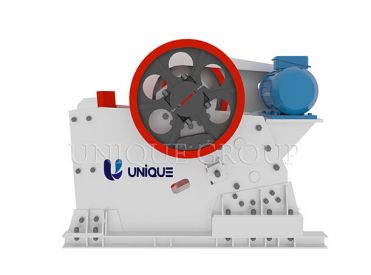
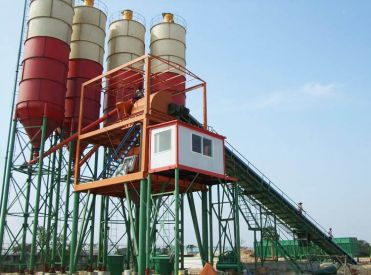
.jpg)
